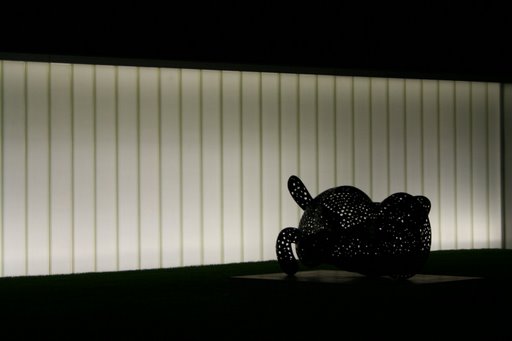For whatever reason, I thought September 2nd to be a day of significance. With that in mind, I thought I'd put together a few highlights from the date, down through the ages. Partly fun, partly educational, partly historical significance. Hopefully enjoy.
490 BC -
Pheidippides, Greek hero and inspiration for the modern marathon, dies
44 BC - Queen
Cleopatra VII of Egypt declares her son co-ruler as Ptolemy XV Caesarion.
- The first of
Cicero's Philippics (oratorical attacks) on Mark Antony. He will make 14 of them over the next several months.
1649 - The Italian city of Castro is completely destroyed by the forces of Pope Innocent X, ending the Wars of Castro. (I love that. Pope Innocent)
1666 - Great Fire of London begins at 2am in Pudding Lane, 80% of London is destroyed
1732 - Pope Clement XII renews anti-Jewish laws of Rome. (Don'tcha' just love those oh-so-innocent Catholics?)
1864 - Union General
William T. Sherman captures and burns Atlanta during US Civil War
1894 - Forest fires destroy Hinckley Minnesota: about 600 die (I can't even fathom that one)
1901 - VP
Theodore Roosevelt advises "Speak softly & carry a big stick"
1902 - "A Trip To The Moon", the first science fiction film, by film great Georges Méliès released
1919 - Communist Party of America organizes in Chicago (It didn't really catch on. Not permanently, anyway)
1936 - 1st transatlantic round-trip air flight
1942 - German troops enter Stalingrad
1944 - During WW II, George H W Bush ejects from a burning plane
1944 - Holocaust diarist
Anne Frank was sent to Auschwitz
1945 -
Ho Chi Minh declares Vietnam independence from France (National Day) (Years later, Americans would learn nothing whatever from France's loss and exit from Vietnam and instead, attack the country)
1946 - Nehru forms government in India
1957 - US performs nuclear test at Nevada Test Site
1962 -
Stan Musial's 3,516th hit moves over Tris Speaker into 2nd place
1962 - USSR performs nuclear test at Novaya Zemlya USSR
1963 - Alabama Gov George C Wallace prevents integration of Tuskegee HS
1963 - CBS & NBC expand network news from 15 to 30 minutes
1964 - Keanu Reeves birthday, Beirut, "actor"
1969 - Ralph Houk signs 3-year contract to manage Yankees at $65,000 a season (think things haven't changed a lot?)
- The first automatic teller machine (ATM) in the United States is installed in Rockville Center, New York.
1971 -
Chris Evert & Jimmy Connors win their 1st US Open tennis matches (Chris who? Jimmy who?)
- Also his, Jimmy Connors', birthday, 1952
1972 -
Rod Stewart's 1st #1 hit (You Wear it Well)
1973 -
J. R. R. Tolkien, British author (The Hobbit, The Lord of the Rings)--as if you had to ask--dies of an ulcer at 81
1982 - Rolling Stone Keith Richard's house burns down
1987 -
Donald Trump takes out a full page NY Times ad lambasting Japan
1997 - Howard Stern Radio Show premieres in Montreal Canada on CHOM 97.7 FM (and we still haven't gotten rid of him)
2005 -
Bob Denver, American actor (Gilligan of "Gilligan's Island"), dies of complications from treatment for cancer at 70
So now, get out there, kids, and enjoy your September 2nd.


























